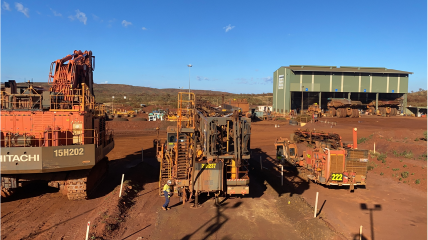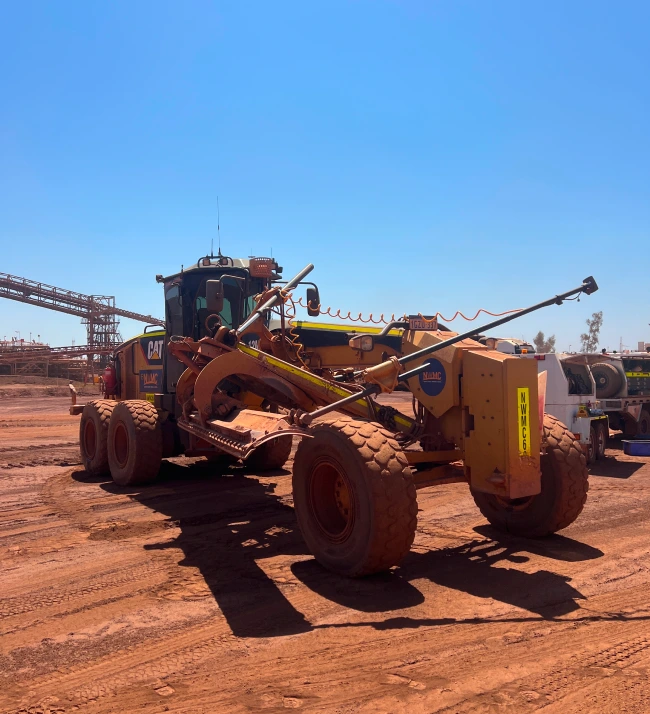Introduction:
Mining operations are essential for extracting valuable resources from the earth, but they come with inherent risks that demand a strong commitment to safety. The mining industry has made significant strides in improving safety over the years, yet there is always room for enhancement. effective strategies to ensure the safety of workers and minimize risks in mining operations.Comprehensive Training Programs:
A well-trained workforce is the first line of defense against accidents. Implementing comprehensive training programs for all mining personnel is crucial. Training should cover not only the technical aspects of mining but also safety protocols, emergency procedures, and the proper use of safety equipment. Regular refresher courses can help reinforce these skills and keep safety at the forefront of employees’ minds.Advanced Technology Integration:
Embracing advanced technologies can significantly enhance safety in mining operations. Automation, remote monitoring, and the use of drones can reduce the need for human presence in hazardous areas. Additionally, sensors and real-time data analytics can provide early warnings for potential dangers, allowing for timely intervention. Investing in the latest safety technologies is an investment in the well-being of mining personnel.Strict Adherence to Regulations:
Mining operations must comply with local and international safety regulations. These regulations are in place to protect workers and the environment. Regular audits and inspections should be conducted to ensure that all safety standards are met. Employers should prioritize a culture of compliance, emphasizing the importance of adhering to regulations for the safety of everyone involved.Emergency Response Planning:
Preparation for emergencies is a critical aspect of safety in mining. Developing and regularly updating comprehensive emergency response plans can minimize the impact of unforeseen events. This includes training employees on evacuation procedures, first aid, and the use of emergency equipment. Regular drills and simulations can help ensure that everyone is well-prepared to respond effectively in case of an emergency.





